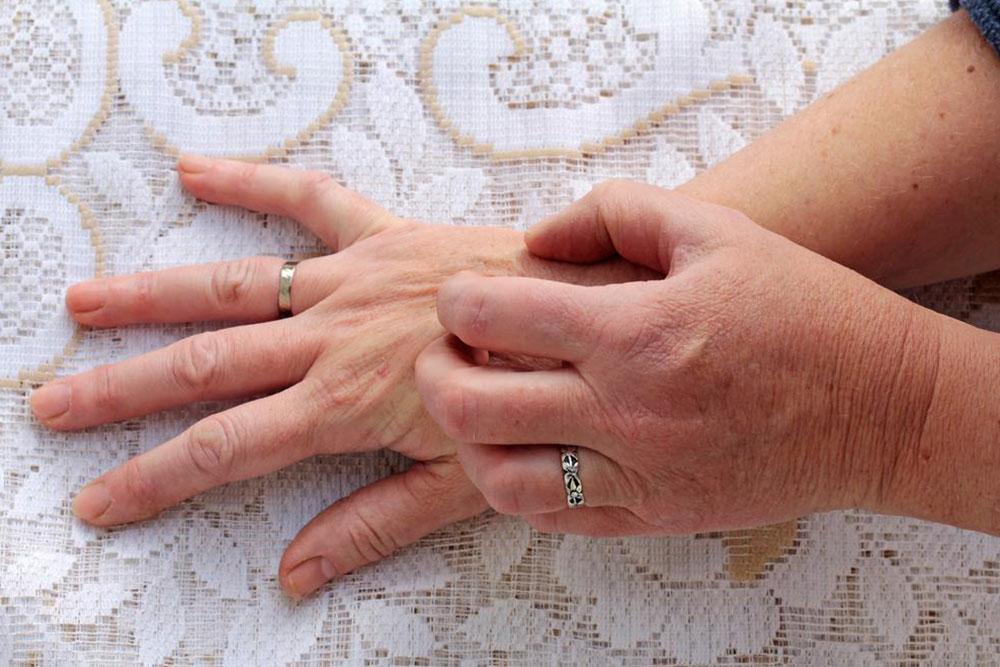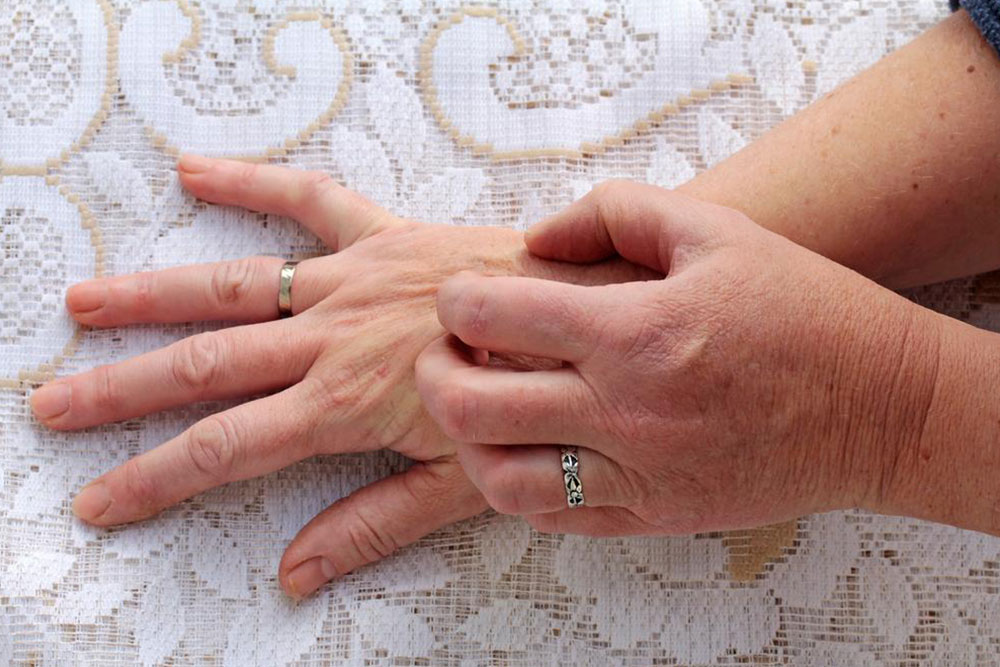Comprehensive Overview of STDs: Types, Detection, and Prevention Strategies
This article offers a detailed overview of sexually transmitted infections (STIs), including common types, detection methods, and prevention strategies. Learn how to stay protected, recognize symptoms, and get tested regularly. Emphasizing safe sex practices and vaccination options, it aims to promote awareness and early intervention for better sexual health.

Comprehensive Overview of STDs: Types, Detection, and Prevention Strategies
Sexually transmitted infections (STIs) are contagious conditions primarily spread through sexual contact. These infections are often more prevalent than expected, and some individuals may remain unaware due to a lack of symptoms. Fortunately, many STIs are treatable, especially when diagnosed early. Understanding the various types, testing methods, and preventive measures is essential for maintaining sexual health.
Common Types of STIs
Some frequently encountered STIs include:
Chlamydia - A common bacterial infection that responds well to treatment.
Genital Warts - Caused by human papillomavirus, leading to growths around the genital and anal areas.
Gonorrhea - A bacterial infection that may not always show symptoms but is easily treatable.
Molluscum Contagiosum - Causes small bumps on the skin; usually resolves without intervention.
Hepatitis B - A viral infection affecting the liver.
Herpes - Causes sores around the genitals or mouth; lifelong condition with manageable symptoms.
HIV - A critical virus that weakens the immune system; with proper treatment, health can be maintained.
Syphilis - A bacterial disease treatable with early intervention; if untreated, it can become serious.
Detection Methods
Regular testing is crucial for early diagnosis. Blood tests can identify late-stage syphilis and HIV, while urine samples help detect other STIs. For sores or fluid-filled lesions, doctors may collect samples for analysis. Routine screenings are especially recommended for sexually active youth, individuals born between 1945-1965, pregnant women, and those with HIV. Early detection helps prevent complications and transmission to others.
Preventative Measures
Practicing safe sex significantly reduces STI risk. Latex condoms are highly effective when used consistently and correctly. Avoid sharing towels, underwear, or other personal items with an infected person. Thorough personal hygiene after sexual activity is important. Vaccines are available for hepatitis B, and getting vaccinated can prevent infection. Regular HIV testing is advised for sexually active individuals. If diagnosed, abstain from sexual activity until treatment is completed to avoid spreading the infection.
Protect your health by adopting these preventive practices and seeking medical advice promptly if you suspect an STI.










